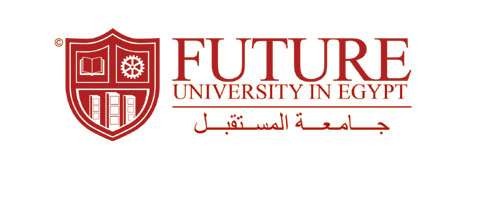CoAuthors :
Nada M El Hoffy, Engy A Abdel Azim, Rania M Hathout, Marwa A Fouly, Seham A Elkheshen
Abstract :
Glaucoma, being asymptomatic for relatively late stage, is recognized as a worldwide cause of irreversible vision loss. The eye is an impervious organ that exhibits natural anatomical and physiological barriers which renders the design of an efficient ocular delivery system a formidable task and challenge scientists to find alternative formulation approaches. In the field of glaucoma treatment, smart delivery systems for targeting have aroused interest in the topical ocular delivery field owing to its potentiality to oppress many treatment challenges associated with many of glaucoma types. The current momentum of nano-pharmaceuticals, in the development of advanced drug delivery systems, hold promises for much improved therapies for glaucoma to reduce its impact on vision loss.
In this review, a brief about glaucoma; its etiology, predisposing factors and different treatment modalities has been reviewed. The diverse ocular drug delivery systems currently available or under investigations have been presented. Additionally, future foreseeing of new drug delivery systems that may represent potential means for more efficient glaucoma management are overviewed. Finally, a gab-analysis for the required investigation to pave the road for commercialization of ocular novel-delivery systems based on the nano-technology are discussed.
